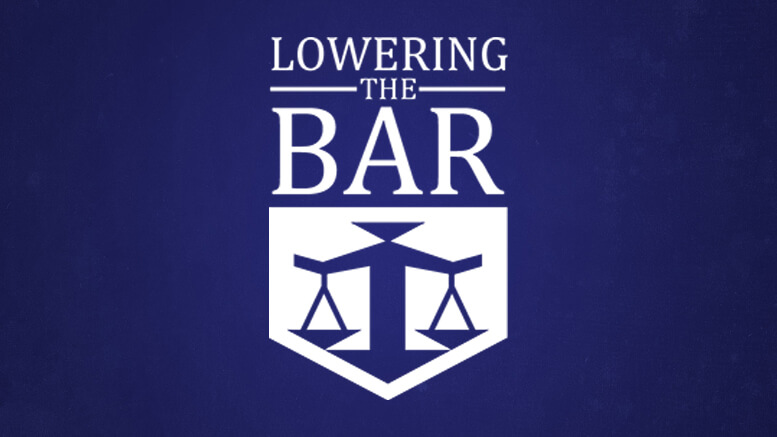The head of Egypt’s Supreme Council of Antiquities told reporters on December 25 that the country’s parliament would likely pass a law requiring anyone who reproduces one of its famous monuments to pay royalties. Zahi Hawass said that the law was necessary to help pay for maintenance. "If the law is passed," he said, "then it will be applied in all countries of the world so that we can protect our interests."
I’m not so sure about that last part.
The most problematic issue would probably be the treatment of the Pyramids themselves. Under U.S. copyright law, at least, the design of a building can be copyrighted, but only if it was created on or after December 1, 1990. Experts disagree on the exact completion date of the various pyramids, but it seems fair to say that this exception won’t help. Even if it did, there is still the problem that the design of a pyramid involves making it shaped like — well, like a pyramid, and I don’t think you can copyright a geometric shape, either. (If you can, let me know, because I’m going to claim "circle.")

Possibly aware of these problems, the Egyptians have said that only "exact copies" of their monuments would be covered by the law. That ruins my plan to build an "exact copy" of the Great Pyramid of Khufu in my backyard, which will really bum out the guys at Home Depot, but it does let the Luxor Hotel in Las Vegas off the hook. Hawass was specifically asked about the Luxor on Tuesday and he said it would not be covered because it is "not an exact copy of pharonic monuments despite the fact it’s in the shape of a pyramid."
In fact, the Luxor’s website claims that the hotel is "the only pyramid shaped building in the world" (emphasis added), although that appears to be a false statement. It would be true to say that it is "the only pyramid shaped building in the world in which Carrot Top performs six nights a week." So that might be a solution to any possible consumer confusion between the Luxor and the Great Pyramid — the Great Pyramid is the one without Carrot Top in it.
Link: AFP (December 25, 2007)
